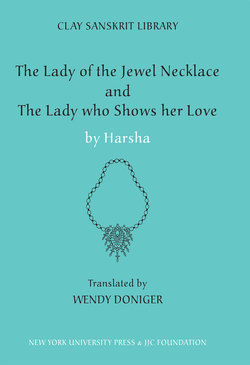Читать книгу The Lady of the Jewel Necklace & The Lady who Shows her Love - Harsha - Страница 18
На сайте Литреса книга снята с продажи.
Оглавлениеthe similar meditations of spies in the ‘Artha·shastra’ and the self-persuasions and justifications for seizing power (1.16.29 and 6.2.38). Indeed, the list of reasons that justify adultery in the ‘Kama Sutra’ include many that are far more political than erotic (1.5.8–21). And surely the obsessively detailed timetable for the man-about-town’s day in the ‘Kama Sutra’ (“He gets up in the morning, relieves himself, cleans his teeth, applies fragrant oils in small quantities, as well as incense, garlands, bees’ wax and red lac, looks at his face in a mirror, takes some mouth-wash and betel,” etc., 1.4.5) is a satire on the equally detailed plans for the king’s day in the ‘Artha·shastra’ (judge cases, receive embassies, relax in the women’s quarters, etc., 1.19.33).
The ‘Kama Sutra’ shares with the ‘Artha·shastra’ (1.6, 1.17.35–8) its emphasis on the need for the control of the senses: both Vatsyayana and Kautilya would have loved Nixon, hated Clinton. The two texts tell the same myths about the same sinners in this regard: Dandakya, Ravana, Indra (‘Artha·shastra’ 1.15.55; ‘Kama Sutra’ 1.2.35–36). It is surely significant that the author of the best extant English translation of the ‘Artha·shastra,’ R. P. Kangle, also translated ‘The Lady who Shows her Love.’
Bearing this in mind as we return to the question of Harsha’s identity, we can see the coterminous influence of these two great textbooks that justify Henry Kissinger’s notorious insistence that power is the greatest aphrodisiac. Take, for instance, the mysterious prediction that is mentioned at the start of ‘The Lady of the Jewel Necklace’ but not explained until the end, the prediction that anyone who married Ratnavali would conquer the earth. Now consider ________
